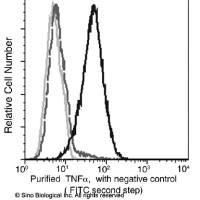Isolation of Sphere-Forming Stem Cells from the Mouse Inner Ear
互联网
450
The mammalian inner ear has very limited ability to regenerate lost sensory hair cells. This deficiency becomes apparent when hair cell loss leads to hearing loss as a result of either ototoxic insult or the aging process. Coincidently, with this inability to regenerate lost hair cells, the adult cochlea does not appear to harbor cells with a proliferative capacity that could serve as progenitor cells for lost cells. In contrast, adult mammalian vestibular sensory epithelia display a limited ability for hair cell regeneration, and sphere-forming cells with stem cell features can be isolated from the adult murine vestibular system. The neonatal inner ear, however, does harbor sphere-forming stem cells residing in cochlear and vestibular tissues. Here, we provide protocols to isolate sphere-forming stem cells from neonatal vestibular and cochlear sensory epithelia as well as from the spiral ganglion. We further describe procedures for sphere propagation, cell differentiation, and characterization of inner ear cell types derived from spheres. Sphere-forming stem cells from the mouse inner ear are an important tool for the development of cellular replacement strategies of damaged inner ears and are a bona fide progenitor cell source for transplantation studies.









